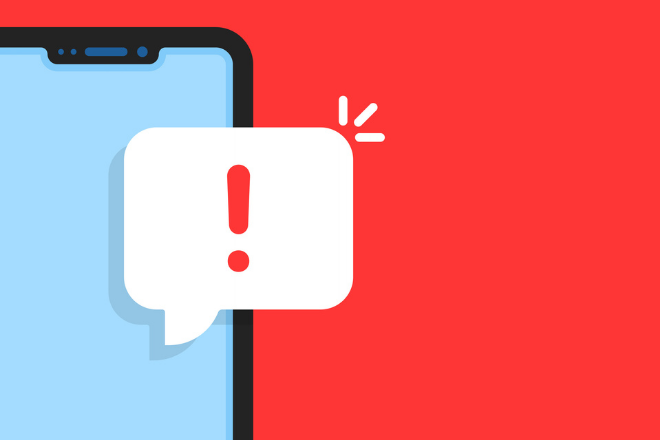|
Article by Bobby Brasher, Brook Hill School
This past summer, a member of Brook Hill School’s facilities staff fell off a ladder and broke their leg at a time when only one other person was on campus. Fortunately, the injured staff member was able to ping for help through an app we had just started using, Active Defender, and in minutes, first responders and an ambulance arrived on campus. Using the app was easier than calling 911, and being able to call for help with the click of a button is even more important in high-stress situations, when people tend to struggle with fine motor skills.
The app allows for users to send out alerts that specify classroom location and provides more accurate reporting options for our campus security team, all of which help us understand what’s happening and where it’s happening. We can then determine what to do next, who is closest to the event and who can get there the fastest to help.
As part of Brook Hill’s continuing commitment to providing the safest living and learning environment possible for our students, I regularly evaluate emerging technologies and solutions that keep safety top-of-mind for everyone. Our school safety program is based on the pillars of consistent communication, well-trained staff and dedicated first responders. The Active Defender app is one piece of technology that has helped us bolster all three of those pillars.
First introduced in August 2021, Active Defender is designed to prevent crime and provide location-specific alerts for fires, natural disasters, active shooters and medical emergencies. With live geo-referenced maps of our facilities, our teachers and staff can instantly report tips, place emergency calls and access other public safety resources. The app allows for users to send out alerts that specify classroom location and provides more accurate reporting options for our campus security team, all of which help us understand what’s happening and where it’s happening. We can then determine what to do next, who is closest to the event and who can get there the fastest to help.
A Layered Approach
This level of technology goes hand-in-hand with our school’s commitment to situational awareness training. For instance, employees are encouraged to report an incident any time they sense that something is about to happen, even if they don’t have all the details, by pressing an “I need help” button within the app. This sends a notification to all our internal responders, including two police officers and 10 armed emergency response team agents, who assess the situation when they get to the user’s location. The app also has a function called “critical elements,” which automatically turns off your phone’s sound settings. This is important in the event of an active shooter, for instance, so that users can report their status and location without worrying about their phone ringing.
Recently, our license plate reader technology helped us thwart an attempt at vandalism in our parking lots during a football game. The technology identified the offenders’ license plate numbers, and allowed us to alert local law enforcement officials who swiftly apprehended the offenders several towns away.
As we are still in the first year of implementation, the app is currently used only by faculty and staff. However, there is the option to extend the app to students in the future. This would allow us to locate a student who gets lost on a field trip or know if a student is leaving campus without notice. It would also give students a sense of security. For instance, if a student is walking across the school parking lot at night and feels uneasy, they can press a button on the app that automatically sends an emergency notification if they let go of the button without disabling it. This way, even if the phone is knocked out of their hands, emergency responders will be on their way to the location.
Active Defender has been a huge improvement from our previous system, which was less user-friendly and had a longer response time. Our old system was also more expensive because it charged by the user, rather than a flat fee for the school. This equipment is made stronger when paired with other technology on campus, including the over 150 cameras that cover our campus and 4 license plate readers that capture every license plate that comes onto our property. Recently, our license plate reader technology helped us thwart an attempt at vandalism in our parking lots during a football game. The technology identified the offenders’ license plate numbers, and allowed us to alert local law enforcement officials who swiftly apprehended the offenders several towns away.
Training and Implementation
There is no question that practice and preparation can save lives when an emergency unfolds. I first introduced the app to all employees and simply showed them how to download Active Defender and sign in. I followed that with small group trainings that provided greater detail and answered questions.
In the past six months, we have done four drills with our faculty and staff using the app and will likely have four or five more in the spring semester, focusing specifically on severe weather events. In Texas, where we had 174 recorded tornadoes last year, it is critical for all of us to be prepared for a number of possibilities. It will help all of us stay calmer and more focused when a real event occurs.



